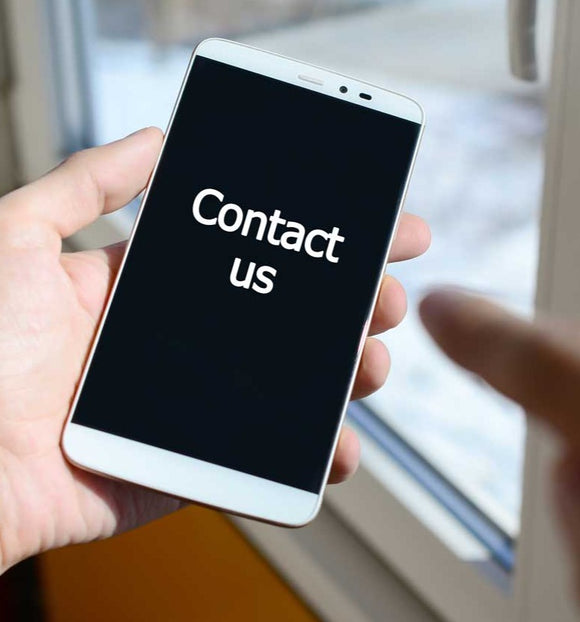Design and development are critical stages in the creation of medical devices, playing pivotal roles in ensuring the safety, performance, and usability of these products.
DevDx has a successful track record of working with early-stage developers. Our approach is pragmatic and we fully understand what it takes to implement the most cost-effective and timely strategy for price-conscious start-up companies. We have worked across a broad range and classification of medical devices, IVDs, and software.
We are equally experienced to work with larger, Australian subsidiaries and international companies to assist in new product development, to undertake regulatory gap analyses to meet the Australian market, or to re-engineer processes and introduce new manufacturing partners.
For medical devices we follow the classical Design and Development pathway moving through design toll gates (design inputs and outputs) to comply with ISO 13485, 21 CFR 820, and the MDR (2017/745).
We have a very strong interest in the development of IVDs, SaMD and their combination. Coming from a pathology and laboratory background, the Principal of DevDx completely understands what is needed to develop and validate these products. For software we use an agile approach that fully complies with IEC 62304 requirements.
We understand the differences in the development of diagnostics and software compared to medical devices. There are transitional product types that may be appropriate, such as in-house IVDs, Research Use Only, or software (Clinical Decision Support Software) that may undergo an abbreviated development and regulatory pathway. This is very attractive to start-up companies wishing to obtain a quicker return on investment and obtain real-world data leading to eventual registration or certification.
With the rapid uptake of Artificial Intelligence and Machine Learning, many IVDs are working in tandem with software. We have successfully negotiated with regulatory authorities to overcome challenges in this rapidly evolving area of product development.
For all products we follow the same life cycle development pathway:
- User Needs Identification: Design and development processes start with understanding the needs of end-users, including patients, healthcare professionals, and caregivers. Identifying these needs helps in creating devices that address specific medical challenges effectively.
- Concept Generation and Iteration: Design involves generating and refining concepts for the medical device. This stage may include brainstorming sessions, prototyping, and iterative testing to explore different ideas and select the most promising ones.
- Risk Management: During development, teams assess and mitigate risks associated with the device, including potential hazards to patients or users. Design controls and risk management processes are integral to ensuring the safety and effectiveness of medical devices throughout their lifecycle. We follow the industry standard, ISO 14971 and its companion standard, ISO 24971
- Regulatory Compliance: Design and development processes must adhere to regulatory requirements imposed by all agencies, Economic Operators and Notified Bodies. We have a successful track record in Australia, Europe and United States.
- Prototyping and Testing: Prototyping allows designers and engineers to create physical models or functional prototypes of the device for testing purposes. Testing helps to validate the device's performance, durability, and usability, as well as to identify and address any issues or deficiencies.
- Human Factors Engineering: Human factors engineering focuses on optimising the interaction between users and medical devices to enhance usability, minimise errors, and improve overall user experience. This involves considering factors such as ergonomics, user interface design, and instructional materials.
- Manufacturability and Scalability: Design and development processes also consider the manufacturability and scalability of the device. Designs must be optimised for efficient and cost-effective production while maintaining consistency and quality across batches.
- Clinical Validation: Before regulatory approval and commercialisation, medical devices typically undergo clinical validation studies to demonstrate their safety and effectiveness in real-world settings. We create a bespoke clinical evidence strategy for each client, commensurate with the device’s classification, intended use, clinical use population and the manufacturer’s choice of regulatory jurisdictions they wish to enter.
- Lifecycle Management: Design and development continue throughout the lifecycle of a medical device, including post-market surveillance, updates, and improvements based on feedback, technological advancements, or regulatory changes.
We ensure that our clients meet all applicable post-market obligations in all territories and ensure that incidents, complaints, or adverse device events are trended, managed, and reported through the quality management system.
Our services:
- User requirements and product specifications
- Design and development
- Design, engineering and manufacturing
- Prototyping, manufacturing
- Contract manufacturing (supplier qualification)
- Verification and Validation
- Technical Documentation
- Risk management ISO 14971 and ISO 24971


